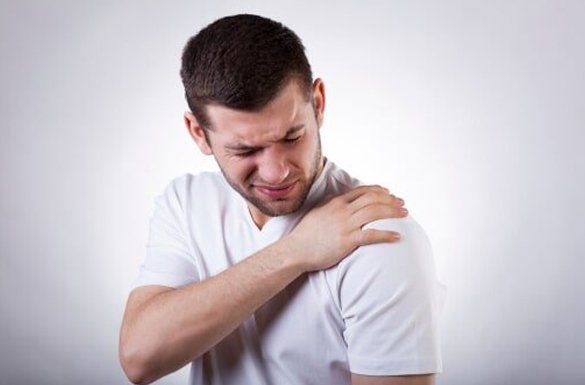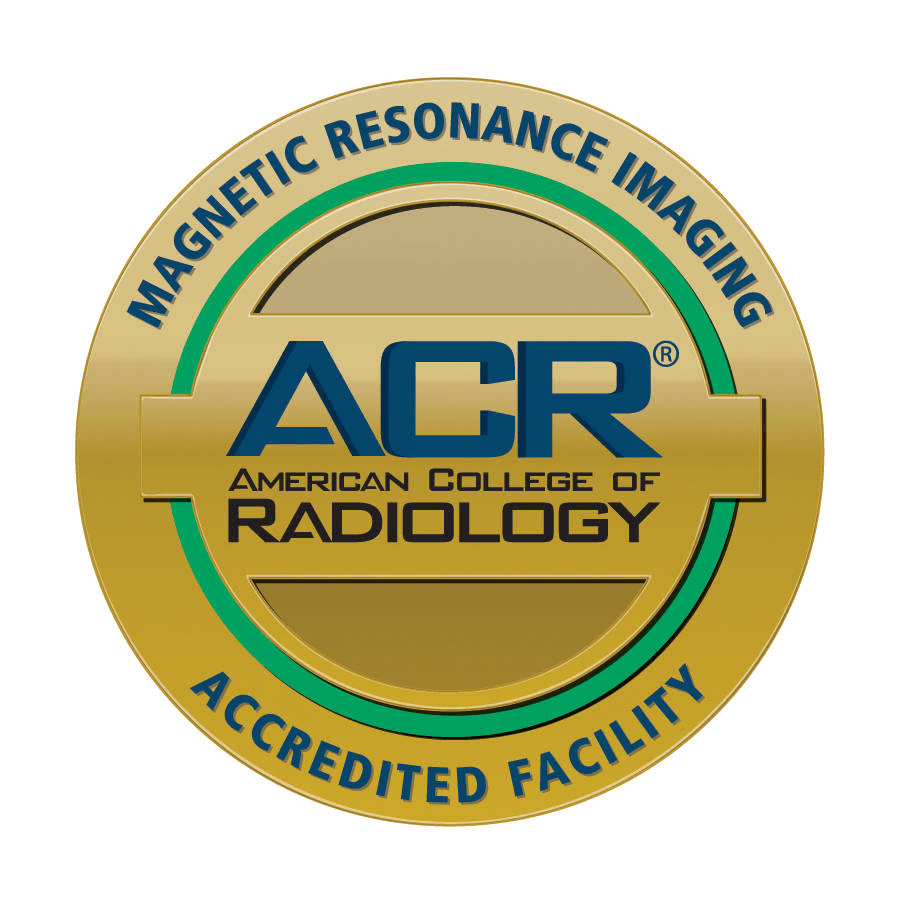Pain Treatment at our Jersey City, NJ Clinic
Classification & Theories of Pain
Bonica classifies chronic pain into three groups:
- Persistent peripheral noxious stimulants
- Neuraxis pain
- Learned pain behavior
In the first group he lists long-term medical conditions such as arthritis, herniated disk, and cancer. In the second group there is involvement of the nervous system: the peripheral nerves, cord, or the brain. The third group he classifies as the patients who receive reward for their being sick or impaired. All three may play a significant role in most painful states but do not necessarily complete the possibilities of causative explanation, nor are any of the three fully delineated.
Naming The Components of Pain
There are several accepted classifications of nervous fibers:
Fiber A: Myelinated afferent, efferent, somatic
Fiber B: Myelinated preganglionic and thus sympathetic
Fiber C: Unmyelinated somatic, afferent, and/or sympathetic
Fibers A and C transmit pain sensation. Fibers A are further divided into alpha (12-21 µ) in diameter beta (8-12 µ) gamma (5-10 µ transmit impulses rapidly and localize sensation delta)
Muscles and Pain
Of the numerous soft tissues that can be the locus of pain, muscle tissue is a prime example. Spasm has been claimed for centuries to occur in painful states to prevent motion of an inflamed organ or joint and has, in turn, also been claimed to be the site or cause of pain. Cramps fall into the same category as spasm and have received very little study. Unusual or unaccustomed physical activities cause dull ache in the muscle; this persists briefly or disappears when that activity becomes habitual None of these sensations can be attributed to the end products of ischemia (loss of blood to a particular part of body).
Prolongation of muscular contractions causes irritation of the splinting muscle and its associated ligaments and tendons; this causes further spasm and initiates a painful cycle. The duration of a sustained contraction influences the severity of pain. In a sustained muscle contraction, such as gripping, the contraction is initiated by a limited group of muscle bundles. As tension is maintained, another group contracts and the initial group releases.
Ischemia has been designated as the cause of muscle pain in conditions such as angina, intermittent claudication, and even in conditions such as occipital tension headaches resulting from tension in the involved muscles. Variation of arterial pressure influences the severity and rapidity of onset of pain. For example, an exercise done with the arm elevated, a position which increases arterial pressure, causes earlier and more severe pain than an exercise done with the arm held horizontally.
Catabolites are apparently produced by muscle fibers and find their way to the extracellular fluid to be removed by adequate capillary circulation. When capillary circulation is decreased by sustained muscle contraction, the concentration of catabolites adjacent to nociceptors increases and initiates impulses through the central nervous system via whichever pathway may be implicated. These findings imply that muscle pain and inability to contract are not due to a depletion of necessary metabolic substances as from fatigue but are due to production of an excessive catabolic end product that must be removed by adequate blood flow. These concepts give credence to the diagnosis of painful states resulting from tension, muscle spasm, cramps, and so forth and to the validity of physical therapeutic modalities that decrease muscle tension, improve faulty neuromuscular contraction, and improve local tissue circulation.
Trigger Areas
Sensitive areas on the soft tissues throughout the body have been described for years. Pressure upon these areas have caused local pain and pain referred into distal areas of the body. These referral zones have varied from dermatomal areas to areas other than dermatomal and have been termed sclerodermal.
These tender areas have been classified by numerous labels such as trigger point, myofascial pain syndrome, myalgia, myositis, fibrositis, fibromyositis, fascitis, myofascitis, muscular rheumatism, strain, and sprain.
The small hypersensitive region that constitutes a trigger site may be stimulated by pressure, needling, excessive heat or cold applied locally, or by motion that shields the tissues on which the sensitive zone is located (Fig. 17).
Schematic concept of pain manifestation. Trauma to joints, ligaments, and other soft tissues ultimately creates trigger points that refer to distal sites.
Trigger zones were originally described in 1936 with reproduction of pain referred to the shoulder and down the arm from pressure over the upper area of the scapula. Steindler and Luck" localized the site of referred pain as a ligament or a muscle.
Predisposing factors that create trigger sites are chronic muscular strain, repeated excessive muscular activity, direct trauma, chilling of fatigued muscles, various types of arthritis, nerve root injury, or psychogenic anxiety tension state.
New Paragraph
Muscle Pain Syndrome
The entire literature of muscle pain syndrome has been thoroughly reviewed by Simon.
Muscle spasm, whether the cause or merely an arc in the reflex, plays a major role in other painful syndromes. The motor unit normally is fired by the large alpha spinal motor neuron during voluntary effort, firing repetitively at rates up to 50/second. Each muscle fiber responds to a nerve impulse with a twitch (contraction). Each twitch is longer than the duration of the action potential, and so, with repeated action potentials known as tetanus, a smooth contraction results.
Anxiety is often accompanied by muscular overactivity. This was postulated byJacobson, then verified by laboratory methods by Malmo and associates in 1948. In 1952 Holmes and Wolf found that patients with backache had generalized overactivity of the trunk muscles in situations which engendered conflict, insecurity, hostility, frustration, and guilt. These findings and others account for the often noted painful musculoskeletal symptoms attributed to tension, anxiety, etc., but occasionally they failed to differentiate which preceded the other.
Injuries causing severe sprain such as is incurred in athletic injury to the knee or ankle are essentially ligamentous and capsular. These injuries, however, are accompanied by swelling of the joint, a condition that implies perivascular edema and microscopic hemorrhage. This soft tissue exudate into fascial layers and into subcutaneous and periarticular areas is a deterrent to healing.









